According to Danish beauty brand founder Kjaer Weis, women go through three to four mascaras a year. This amounts to more than 200 empty mascaras in a lifetime ending up as plastic in landfill – and this is just a tiny proportion of the beauty sector’s contribution to waste.
But these statistics are no longer acceptable to the environmentally conscious consumer and beauty brands are turning their attention to refillables as a solution to reduce not just their packaging waste but carbon emissions as well.
Today, brands’ take on refillables extends from large flexible packaging pouches and biodegradable refills to in-store filling stations. P&G Beauty’s Sustainability and Brand Communications Associate Director, Anitra Marsh, tells Cosmetics Business that, with more options available, a new norm is catching fire – despite there still being a long way to go – and it’s an important move that the industry is making.
Now, with the single-use culture only visible in the rear-view mirror and customers proactive in consuming more sustainably, there are a plethora of innovative refill designs of which to take advantage.
The winds of change
One of the top packaging trends for 2020, named by Mintel, was in-store refilling stations.
“With single-use now a toxic phrase for many consumers, refillable packaging is becoming more and more commonly known and used,” the market research firm said via its website. It suggested that brands could look for “memorable experiences” through refills to increase brand engagement.
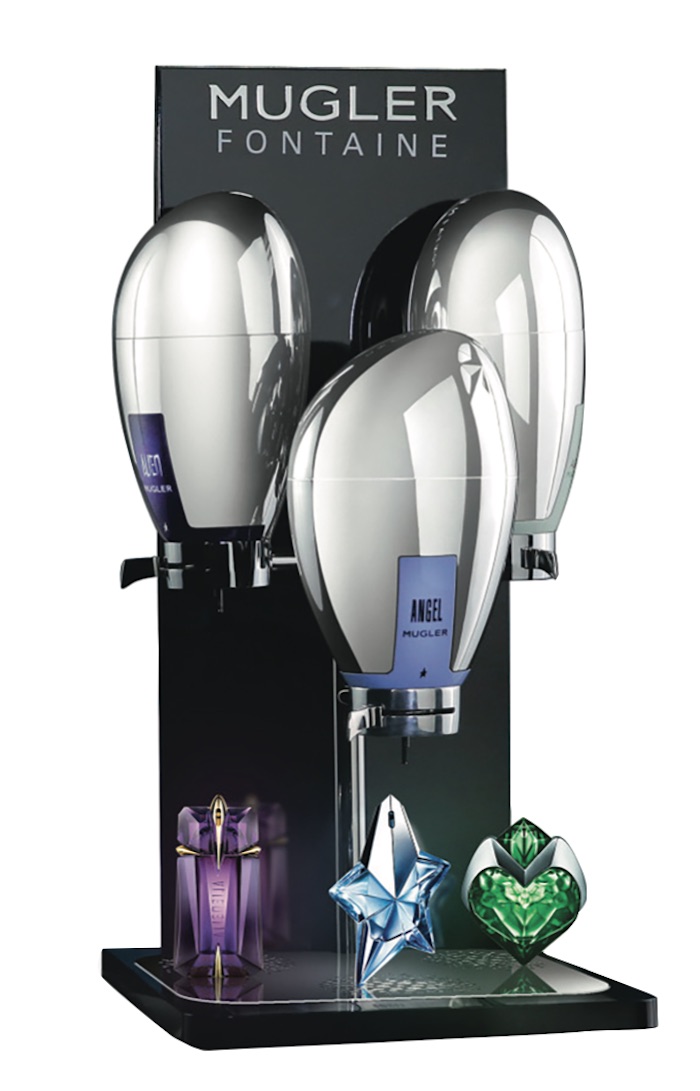
One brand that has been setting the trend for the past two decades is Mugler with its Fountain concept. For 25 years, the now L’Oréal-owned fragrance brand has taken inspiration from 18th century refilling stations and set its own up in-store. This applies to Mugler’s Alien, Angel and Aura Mugler scents, which can be refilled in-store for a reduced price. Recently, Mugler extended its offering and now delivers refill bottles directly to customers, which are available for a bigger selection of its fragrances.
While this might be the industry’s best option to be truly environmentally friendly, recent global events have put this type of refillable in jeopardy. Coronavirus has impacted so many industries, including cosmetics, and even after stay-at-home orders and plastic screens at check-out counters are lifted, the industry could look very different.
“Consumers will be wary of the hygiene standard used in in-store refills, and brands must prepare to rebuild consumer confidence in the eco-initiative that was gaining pace pre-crisis,” says Euromonitor’s Senior Beauty & Fashion Research Analyst, Gabriella Beckwith.
“Brands must aim to be incredibly clear about the hygiene standards used in refill stations in light of Covid-19 and should aim to clearly communicate to customers the health and safety measures in place whilst operating in-store refill stations.”
She also points out that consumers may be wary of taking unnecessary risks, which could include visiting retail stores solely for the purpose of refilling. As an alternative, refill schemes such as Loop by TerraCycle could be a more appealing option, as consumers can obtain refills while staying at home and take advantage of a contactless return service.
“As long as consumers are ensured on the cleaning standards in place by such companies, this could be one substitute,” Beckwith adds. “Alternatively, the purchase of refill pouches is another option, giving consumers the chance to cut down on plastic usage rather than eliminating it completely.”
The source of refills
Where brands can’t opt for in-store refills, they must put faith in packaging solutions. Last year, Quadpack announced the development of its Eco-warrior refillable fragrance packaging, which uses a slim glass bottle that is said to make the pack 13% lighter than a standard fragrance bottle. Despite being more complex to manufacture, it reduces carbon footprint in transportation. It also uses a recyclable one-piece cork cap, the harvesting of which absorbs CO2 from the atmosphere.
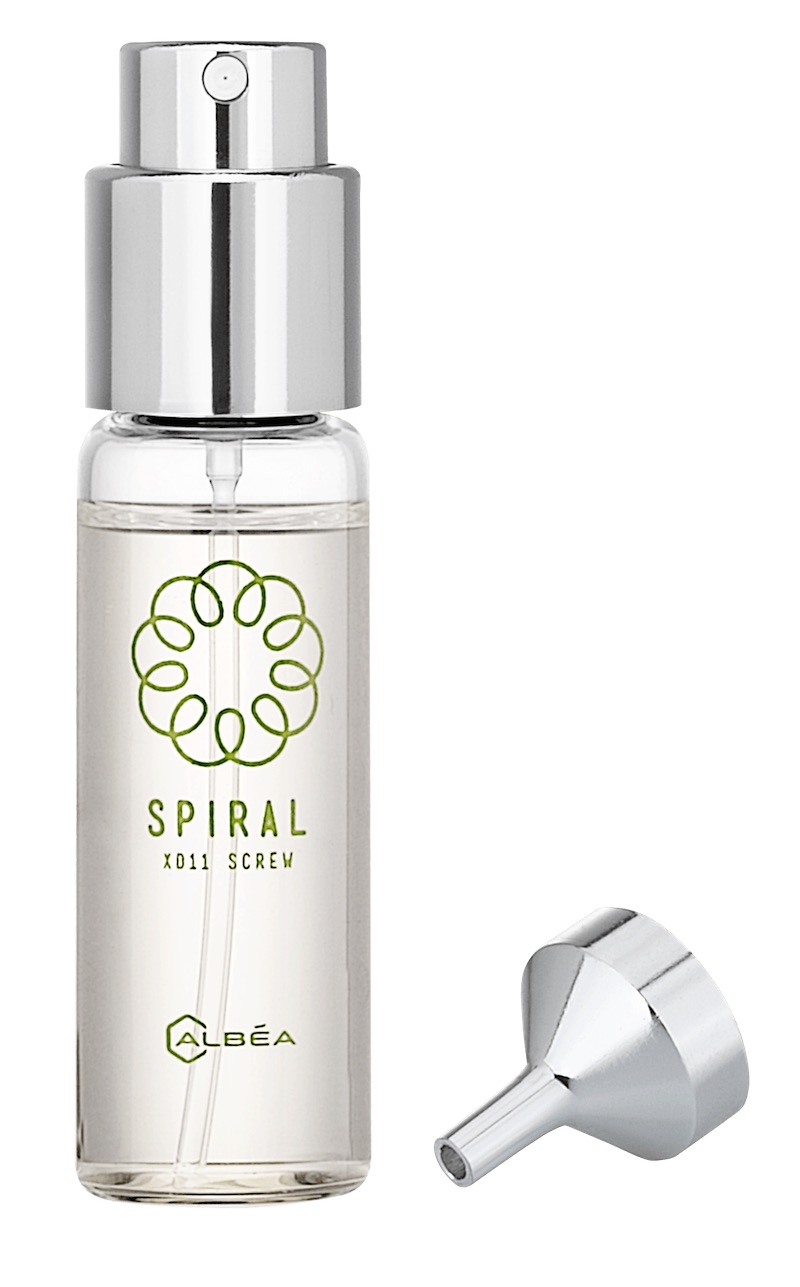
The design allows for the separation of the pump and bottle, an issue with many fragrance bottles, which commonly prevents them from being recycled or reused. The Eco-warrior can also be engraved with the liquid capacity in order to limit the number of manipulations and ensure that it’s filled at the right dosage.
Labelling issues for Quadpack’s fragrance refill option have also been ironed out by offering clients laser engraving, which reduces the amount of materials that need to be used while enabling compliance with regulatory guidelines. Meanwhile, the bottle can be decorated using screen-printing – commonly used for skin care refills – or by applying recycled paper labels.
Turning to refillables does not mean that brands have to compromise on quality or personalisation. Albéa’s XD11 fragrance spray pump is compatible with its Spiral refillable packaging, which ensures thin droplets are delivered in a gentle spray in ‘standard’ or ‘maximist’, and offers unlimited colour ranges for metal components and different cap fixation on pumps.
Such packaging designs enable brands to develop refillable finished products. But topping up strategies are another matter that must be addressed.
The flexible packaging debate
Skin care brands are also trying their hand at refillable culture. Bulldog, Olay, YSL Beauté and Lancôme are just a few brands that are preparing to, or have, launched refillable options for their skin care line.
Meanwhile, Neal’s Yard Remedies, Beauty Kitchen and The Body Shop have adopted an adaptation of in-store refillables.
Another popular refill choice in the beauty sector are flexible pouches, such as those used by L’Occitane and Rituals.
But there is an argument that needs to be weighed up before opting for this type of packaging. Refill pouches are traditionally sold for a cheaper price than the original product and customers can refill their original bottle without consuming as much packaging. L’Occitane claims it uses almost 98% less packaging with its refill pouch and saves 121 tonnes of plastic being fed back into the environment.
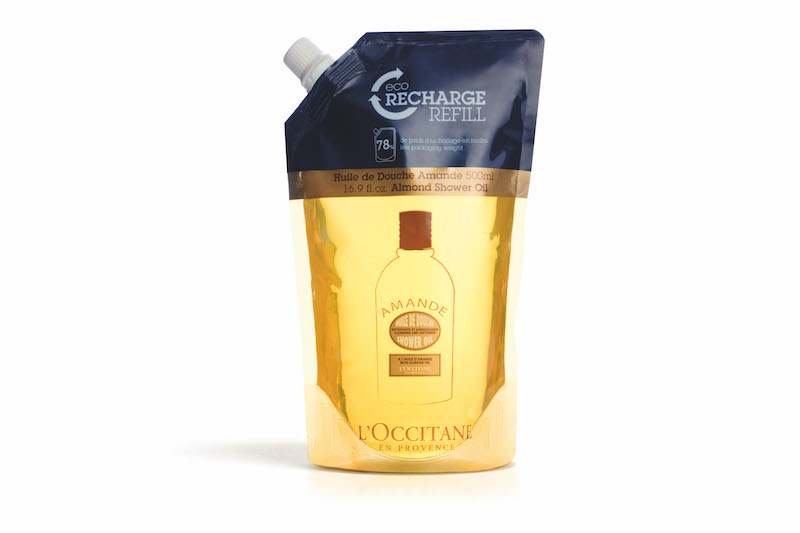
Flexible packaging provides superior barrier protection, according to the Flexible Packaging Association’s President Alison Keane. This includes protection from moisture, bacteria, oxygen and sunlight, which can have an impact on the shelf life of skin care products. “They also provide optimised branding, as pouches, particularly stand-up pouches, have more opportunity for printing,” adds Keane.
Digital printed pouches have also been hailed by flexible packaging supplier ePac for their reduction of extra materials: “Digitally printed flexible packaging also produces fewer emissions and less energy consumption than traditional printing.” In a blog post, ePac also noted that clients can order to demand, so companies carry less inventory and minimise obsolescence.
But, by opting for this solution, brands might risk losing their eco-friendly credentials, as there are no public recycling processes available that can handle these combinations, and even well-intentioned refill eco-packs have been made of non-recyclable mixed materials.
“The challenge around this pouch construction is that the layers of different materials are all laminated together, and they cannot be mechanically separated,” says the CEO of recycling giant TerraCycle Tom Szaky. “So, when you go to recycle these materials, the incompatible materials are forged together into one low-end material mixture that has virtually no value and is difficult to use in new product manufacturing.”
Szaky also disagrees that the ‘greener’ manufacturing processes of flexible packaging outweigh the recyclability issues. He tells Cosmetics Business: “While there have been major advancements in modern manufacturing processes that minimise energy used and waste, these advancements do not substitute for the fact that these packages are not traditionally recyclable. This means that every single package is designed without an end-of-life solution in mind and is earmarked as ‘waste’ from the moment it is produced.”
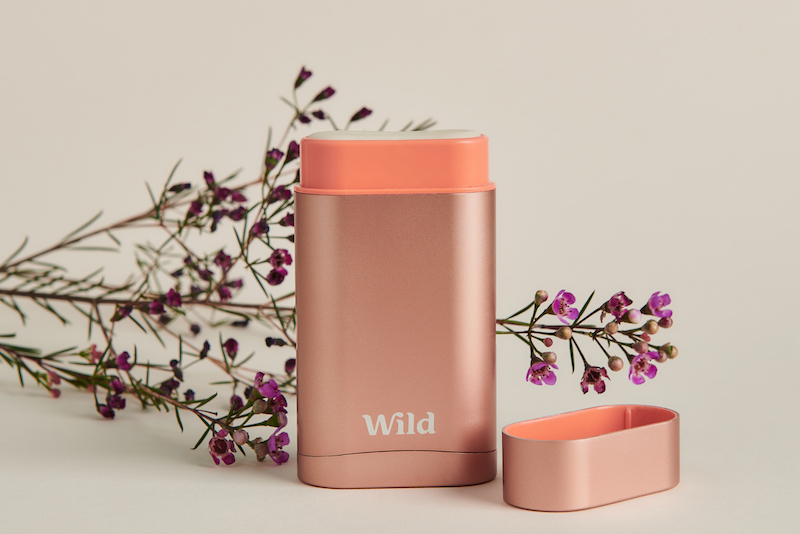
One beauty newcomer has taken this into consideration and has built its refillable product on eco-friendly foundations. Wild is the ‘world’s first’ compostable, biodegradable and refillable deodorant, using an aluminium outer case and plastic-free bamboo pulp refill cartons. Also central to the brand’s ethos are variety and ease-of-use, to encourage consumers to make the switch from traditional deodorants.
“Making the packaging biodegradable as well gives people the option to use them for home composting; or some people choose to grow seeds in the empty refills, so they can be reused as well as recycled,” Wild’s co-founder
Freddy Ward tells Cosmetics Business. “Essentially it provides a sustainable long-term solution to the throwaway culture of deodorants and personal care products,” he adds.
However, the refillable design didn’t come without drawbacks. “It has been a very long and complex design process to bring this product to life as the first-of-its-kind innovation, with 25 iterations to be exact,” Ward says.
“We faced a number of obstacles, for example trying to find a biodegradable packaging solution that was the right shape and size that customers would find easy to use, all while making the product stylish. We wanted to develop a convenient solution that would encourage our customers to make the switch, and with letterbox delivery, easy refill and ease of disposal, we feel we have done just that.”
Adding value
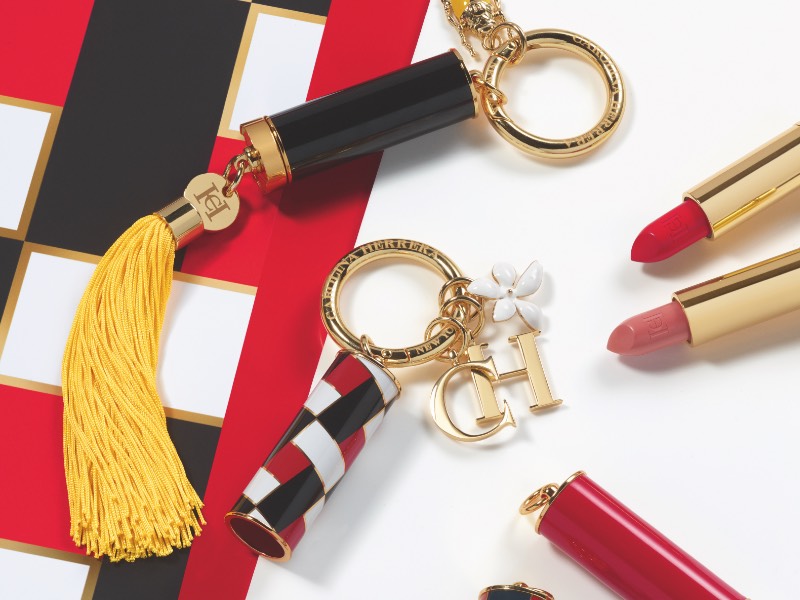
Ensuring ease-of-use is something Mintel believes is essential to refillable’s survival. “If refill is to become mainstream, consumers will expect refillable options that are easy to use from start to finish,” says Mintel, and when exploring examples of easy-to-use refillables it’s hard not to turn to Lush for inspiration.
Beauty packaging heavyweight Aptar Reboul is behind the brand’s plastic-free metal refillable lipstick case, which uses aluminium and brass, of which 30% and 40% are said to be made from recycled materials, respectively.
The specifically designed ‘naked’ lipsticks have been developed to be easily inserted into the casing. Even the outer casing for the product is eco-friendly and uses black wax, which is removed from the base before sliding into the twisting tube.
Meanwhile, Aptar’s Marketing Director EMEA Skincare & Color Cosmetics, Patrick Bousquel, also sees refillables designs as an occasion to enhance packaging design and to further involve the consumer.
“It’s an opportunity to bring more value in the casing and to create the possibility for the remaining packaging to have an enhanced look, feel or functionality, or, even more, to allow for customisation and maintain the attractiveness angle for the brands,” he says.


